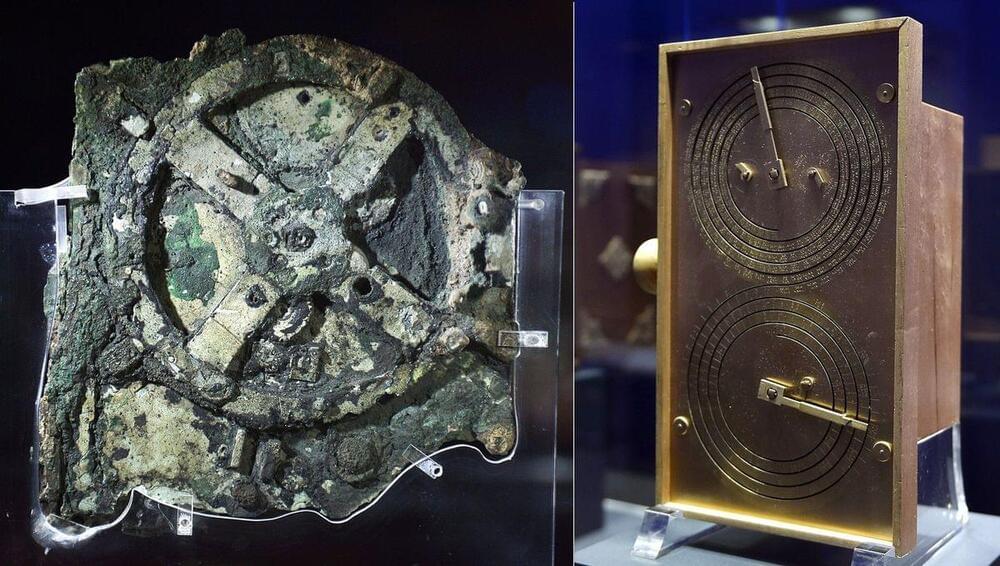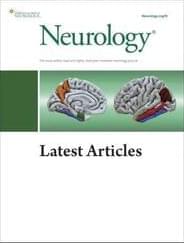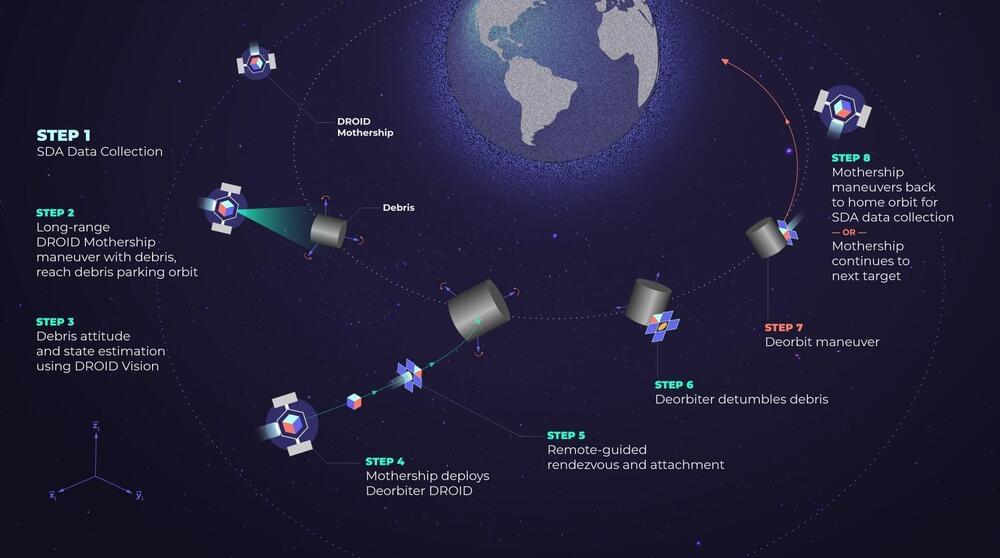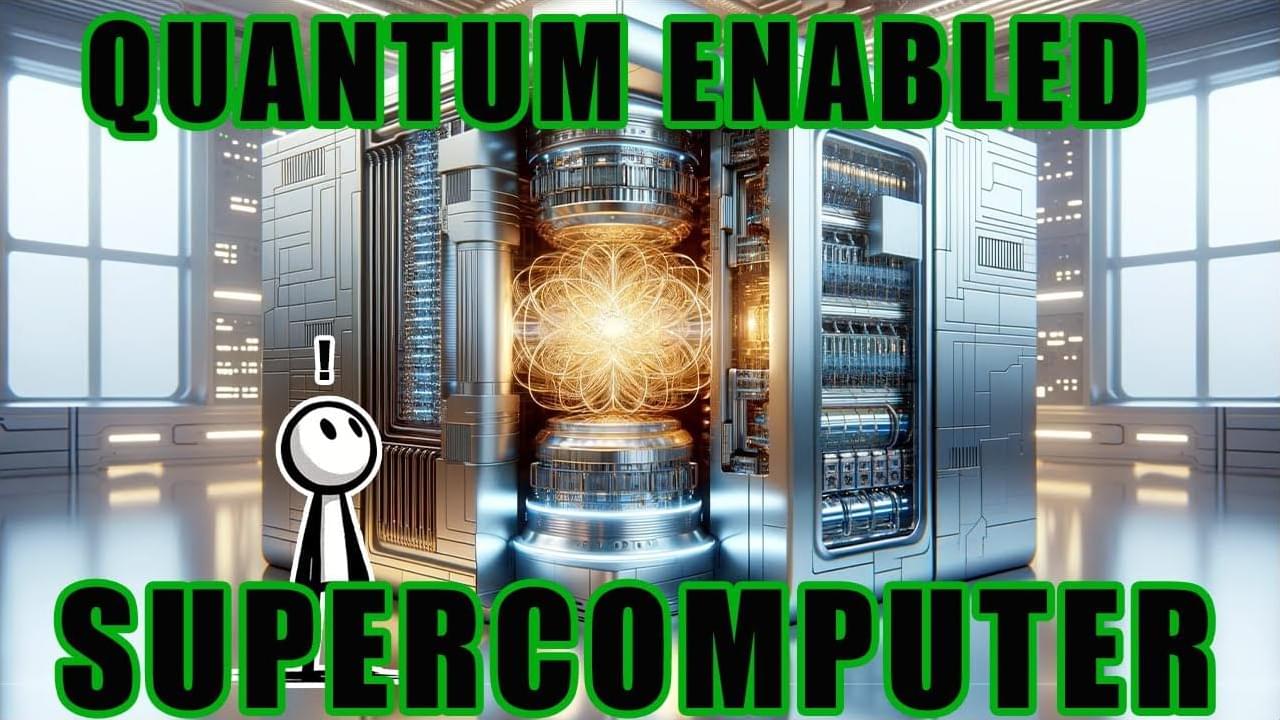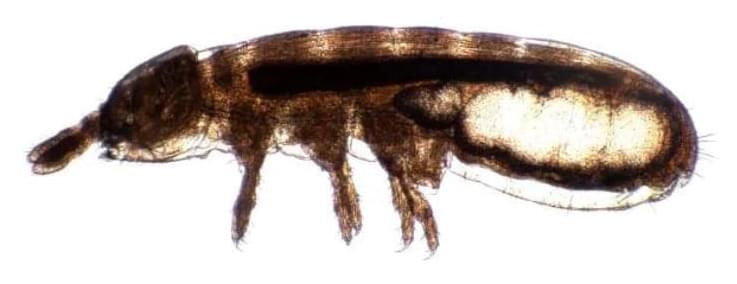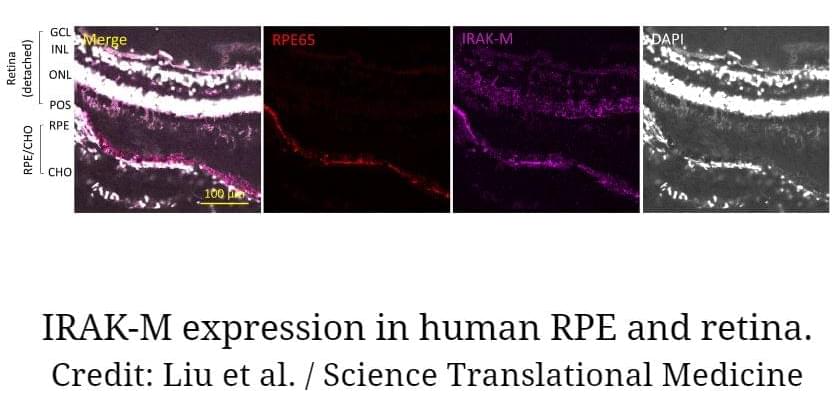
Exoplanets are common in our galaxy, and some even orbit in the so-called habitable zone of their star. NASA’s James Webb Space Telescope has been busy observing a few of these small, potentially habitable planets, and astronomers are now hard at work analyzing Webb data. We invite Drs. Knicole Colón and Christopher Stark, two Webb project scientists at NASA’s Goddard Space Flight Center, to tell us more about the challenges in studying these other worlds:
A potentially habitable planet is often defined as a planet similar in size to Earth that orbits in the ‘habitable zone’ of its star, a location where the planet could have a temperature where liquid water could exist on its surface. We currently know of around 30 planets that may be small, rocky planets like Earth and that orbit in the habitable zone. However, there is no guarantee that a planet that orbits in the habitable zone actually is habitable (it could support life), let alone inhabited (it currently supports life). At the time of writing, there is only one known habitable and inhabited planet—Earth.
The potentially habitable worlds Webb is observing are all transiting exoplanets, meaning their orbits are nearly edge-on so that they pass in front of their host stars. Webb takes advantage of this orientation to perform transmission spectroscopy when the planet passes in front of its star. This orientation allows us to examine the starlight filtered through the atmospheres of planets to learn about their chemical compositions.
